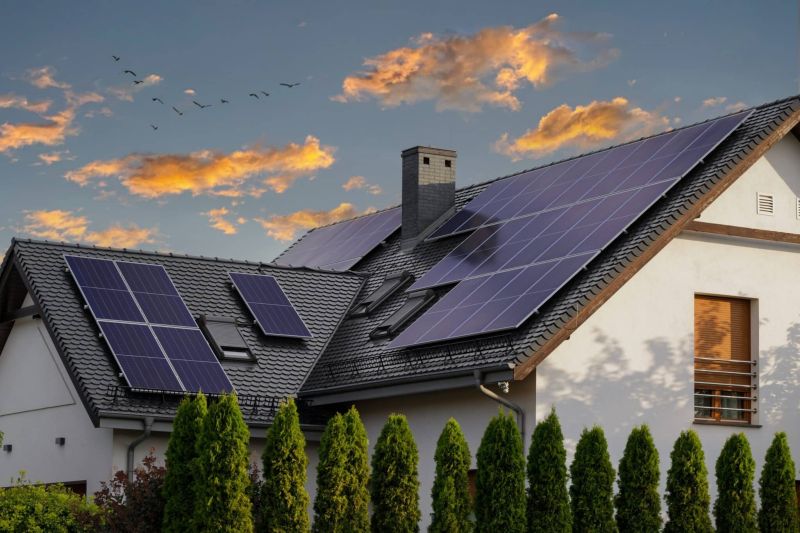To prevent shading of a solar PV system, you can take the following steps:

Site selection: Select a location for your solar PV system that is free from obstructions such as buildings, trees, or other structures that could cast shadows on the panels. Consider potential shading patterns throughout the day and year.
Trim or remove trees: If there are trees that are shading your solar panels, consider trimming or removing them. However, be aware of the environmental impact and consult a professional before taking any action.
Use tilt and orientation: Install your solar panels at an optimal angle and orientation that maximizes sunlight exposure. This will help minimize the potential impact of shading, especially during different seasons.
Optimize system design: Work with a professional solar installer or engineer to design your system to minimize the impact of shading. This may include using bypass diodes in the panel wiring, separate string inverters, or microinverters for each panel.
Regular cleaning and maintenance: Keep your solar panels clean and free of any debris or dirt that could affect their performance. Regular maintenance will ensure maximum solar energy production.
Use monitoring systems: Install monitoring systems on your solar PV system to identify and address any shading issues. This will allow you to detect any degradation in performance due to shading and take appropriate steps to mitigate it.
Additionally, if you are unable to completely avoid solar panel shading, you can consider alternative solutions to mitigate its impact:
Panel-level optimization: Use panel-level optimization technologies such as power optimizers or microinverters. These devices can maximize energy production from each individual panel, allowing the rest of the solar PV system to continue to operate efficiently despite shading on certain parts.
Solar Panel Positioning: Rearrange the layout of your solar panels to better manage shading. By separating panels that are more susceptible to shading from the rest, you can limit the impact on overall system performance.
Battery storage: Incorporate a battery storage solar PV system into your PV system. This can help store excess energy generated during periods of low shading and distribute it during periods of high shading. By using stored energy, you can mitigate the impact of shading on your system's overall performance.
Reflective or anti-glare coatings: Apply reflective or anti-glare coatings to your solar panels to reduce the impact of shading. These coatings are designed to scatter or reflect light, allowing for better overall performance, especially in partially shaded conditions.
Adjustable mounting systems: Consider using adjustable mounting solar PV systems that allow you to tilt or position your solar panels to optimize their exposure to sunlight. This flexibility can help mitigate the effects of shading at different times of the day or year.
Trim or remove obstructions: If possible, trim or remove trees, buildings, or other objects that are shading your solar panels. By eliminating or reducing the source of shading, you can significantly improve the performance of your system.
Regular maintenance and cleaning: Keep your solar panels clean and unobstructed by cleaning them regularly. Any dirt, dust or debris on the panels can exacerbate the effects of shading, so keeping them clean can help optimize their efficiency.
Monitor system performance: Regularly monitor the performance of your solar PV system to identify any problems or discrepancies. This can help you proactively address shading issues and optimize your system accordingly.
Remember that every shading situation is unique, and the most effective solution will depend on the specific circumstances of your site. By implementing these strategies and seeking professional advice, you can ensure that your solar PV system performs optimally, even in shaded conditions.
Post time: Sep-22-2023